How to Propagate a ZZ Plant — 3 Simple Techniques That Will Double (or Triple) Your Houseplant
A nursery isn't the only place to grow your houseplant collection — try these propagation methods for infinite ZZ plants


What's better than one ZZ plant? Multiple ZZ plants, of course. This distinctive houseplant adds tall, structural foliage to any empty corner or bare tabletop. Style a few of varying heights next to each other and their glossy leaves make a sight to behold.
If you're looking to grow your indoor garden, the good news is that Zamioculcas zamiifolia (also known as the ZZ plant) is an easy plant to propagate, making them a great choice for newer plant parents. There are multiple methods to try — from stem cuttings to simply separating a larger plant (a process known as propagation by division).
Better still, although the ZZ plant's upright stems are normally slow-growing, propagation offers much faster gratification. It only takes a few short months to see new growth, meaning you'll have a collection of new plants in next to no time. Here are three techniques you can use to propagate a ZZ.
How to Propagate a ZZ Plant With Leaf Cuttings

The ZZ plant is one of the best plants to propagate in water, and the easiest way to do so is with a leaf cutting. In fact, you can even propagate ZZ leaves that have fallen from the plant (although they might take longer to develop roots). Here's how it's done.
1. Cut a leaf
"To propagate with leaf cuttings, first cut a healthy leaf from the plant," says Jo Lambell, plant expert and founder of Beards & Daisies. Using a sharp, clean pair of scissors or pruners, cut as close to the stem as possible and try to take a small section of the leaf stalk with it (known as a petiole).
For small leaf cuttings, we recommend using a precise pair of scissors, like these Premium Pruning Shears by Houseplant Resource Center, available at Amazon. It's also a good idea to take multiple cuttings to improve your chances of success.
2. Place in water
To propagate a plant in water, you'll need a small glass, jar, or vase to hold the cutting. "Simply place the stem or leaf in a vessel of water, only enough to keep the bottom of the cutting submerged," explains Paris Lalicata, plant expert at The Sill.
3. Wait for roots to develop
After some time, you'll notice small roots developing on your cutting (we weren't lying when we said the ZZ is one of the easiest plants to propagate.) "Roots can take several months to develop. First the potato-like rhizomes appear, followed by the fibrous roots," says Paris.
The speed will depend on conditions like light, warmth, and the maturity of your parent ZZ plant. "Provide bright indirect light, warm temperatures, and moderate humidity," instructs Paris. "Refill the water vessel weekly as it gets low and clean out occasionally to remove algae."
4. Transplant the cutting
"Once the cutting has developed roots of around an inch, re-pot into well-drained soil," says plant expert, Ian Drummond. "Keep in bright indirect light and only water once the soil has dried out." It's also best to use potting soil containing perlite for adequate drainage.
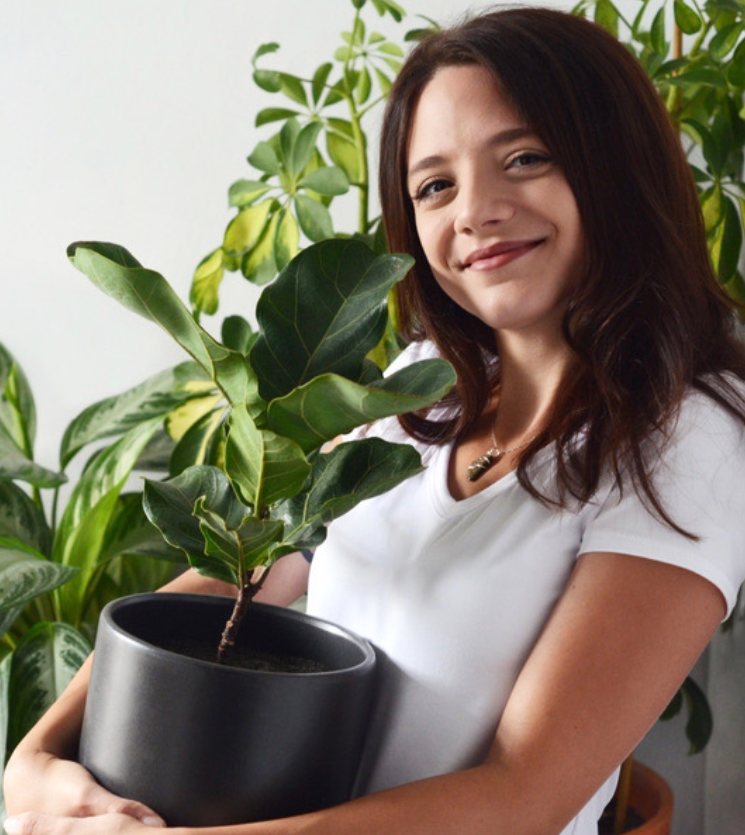
I head of Plant Education and Community here at The Sill where I've been for 5 years now. I am a self-taught plant expert with over ten years of experience growing houseplants and am currently working on becoming a certified sustainable gardener. I currently maintain an indoor garden of over 200 plants in the north east. My passion is making plant care more digestible for budding plant parents, and sharing the many benefits of having plants indoors.
How to Propagate a ZZ Plant by Division
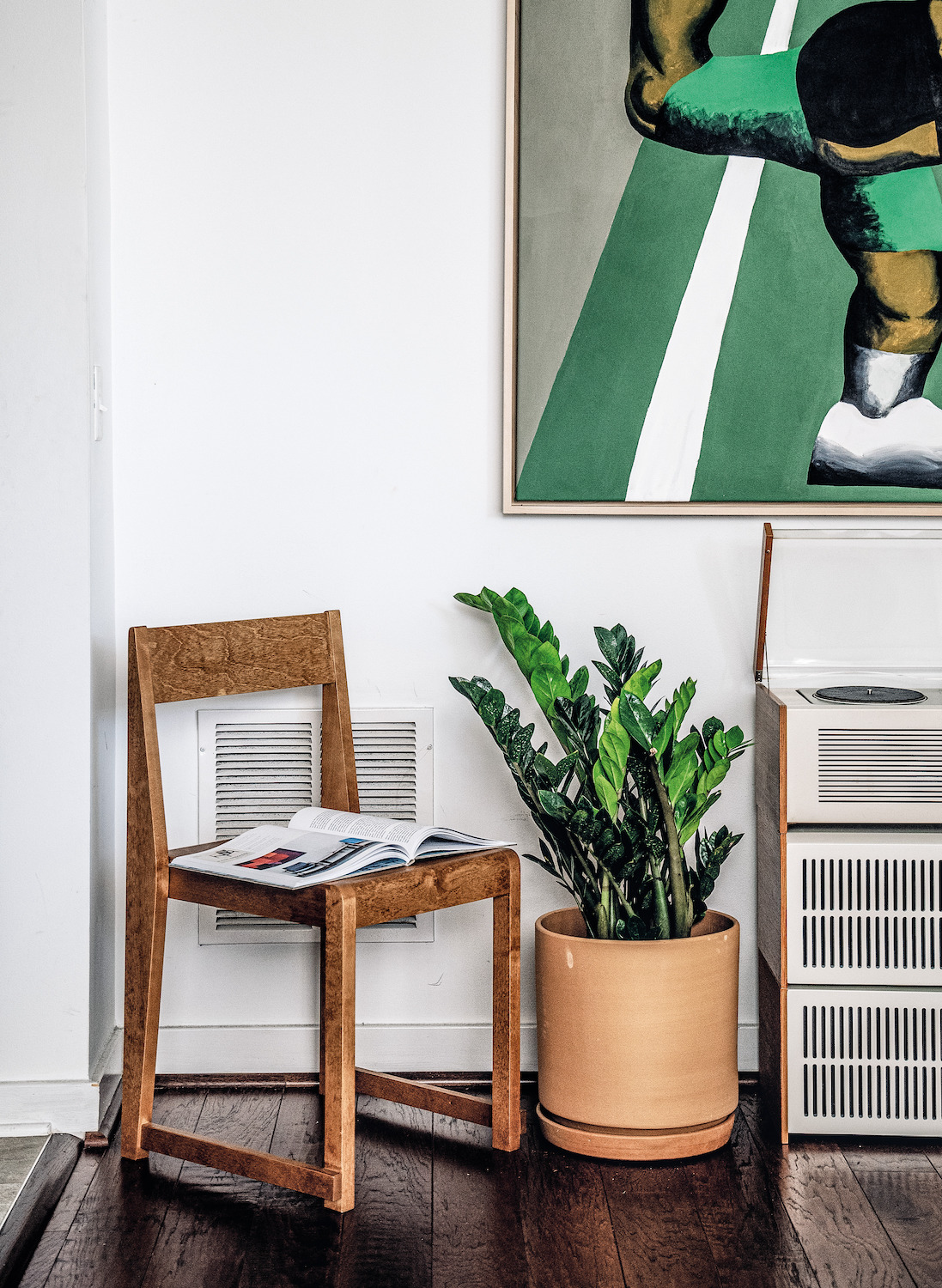
Another simple way to propagate your ZZ plant is using the division method. For this technique, you'll need a mature plant with multiple stems. It's also best to try this method in the growing season (spring to early summer) when the plant is actively growing.
1. Remove the plant from its pot
The division method involves separating sections of your mature plant (known as a mother plant), so you'll need to remove your ZZ from its pot and loosen the soil.
2. Separate the rhizomes
The ZZ plant grows from underground potato-like stems called rhizomes which help them to store water. You'll need to identify these if you choose to propagate by division to avoid separating at the wrong place (a common houseplant propagation mistake). "Gently separate the rhizomes from the main plant," instructs Jo. "Each piece should have at least one leaf and a healthy root to it."
You should be able to do this by hand. "Gently massage the roots to separate the potato-like rhizomes," says Paris. "Some pruning may be required for overly pot-bound plants."
3. Repot the divisions
"Once separated, re-pot into separate pots using well-drained soil and water," says Ian. You can do this immediately after dividing the cuttings.
"This method usually provides faster results because the new divisions are already established and have a better chance of growing quickly," says Jo.
Jo, the founder of Beards & Daisies and author of The Unkillables, discovered her passion for houseplants in 2001 after transporting a 6ft Monstera home on public transport. "I realised there had to be a better way to get plants delivered," This sparked the idea for a business that makes plant delivery more accessible. As Beards & Daisies approaches its 10th anniversary, they offer a carefully curated selection of indoor plants, from prayer plants to palm trees. Jo and her Plant Folk team are all about spreading the plant love, sharing expert tips with both budding and seasoned plant enthusiasts. And with their 100% recyclable or compostable packaging, they’re keeping things green in more ways than one.
How to Propagate a ZZ Plant With Stem Cuttings

Finally, you can also use stem cuttings to propagate a ZZ. Similar to the division method, this is a good technique if you want a full-looking ZZ plant right away and don't want to wait for a nursery plant to grow from a leaf cutting.
1. Cut a stem
Similar to lead cuttings, you'll need to start by cutting a stem with sharp pruners or scissors. "Ideally you should cut a stem with a small piece of the root bud," says Jo. This is the very tip of the root that's visible just above the soil line.
2. Allow the cutting to form a callus
Similar to propagating succulents, you need to let ZZ stem cuttings form a callus before you plant them. "To do this, let the cutting dry for a day or two to heal over," Jo says. You'll notice that the stem dries and turns waxy where you cut it. Paris notes that you can also dip the cut end into a rooting hormone. (Hormex Rooting Powder from Amazon is a popular brand.)
3. Repot the cutting
After a few days, you can transplant your cutting. Similar to planting leaf cuttings after propagating in water, Jo emphasizes the importance of well-draining soil. "Water lightly and wait for new growth to appear, which may take a few weeks to months," she says.
"Overtime you can gently tug on the cutting to see if there’s any resistance," adds Paris. "If so, that means roots are developing."
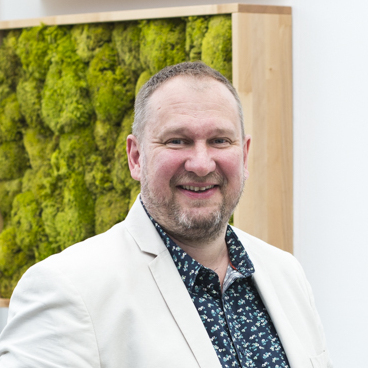
Ian Drummond is an interior landscape designer and author. Ian has been at the forefront of the indoor plants' revival in recent years and has won multiple gold medals at the RHS Chelsea Flower in England for his indoor gardens. His book, At Home with Plants, is published by Octopus Books.
FAQs
What Is the Fastest Way to Propagate a ZZ plant?
Being a plant parent sometimes requires agonizing patience, but it doesn't take long to grow a new ZZ plant from propagation if you use the right method.
"The division method is usually the fastest and easiest way to grow a ZZ plant because it involves replanting parts that already have strong roots," notes Jo. Using this technique, you can immediately have multiple new plants.

Price: $79
Planter: Hyde
If you like the silhouette of a ZZ plant but prefer a gothic twist, this Black ZZ plant from The Sill should be next off your wishlist.
You don't need to be an experienced green-thumb to propagate a ZZ plant successfully. The trick is to choose the right method for you and ensure you provide adequate care while the cutting grows. This means giving the sufficient light, and avoiding common mistakes like overwatering (remember that it takes a while for a younger plant to establish its root system, so they'll need less water than a mature plant),
With the right care and attention, and just a little bit of patience, you'll have a whole colony of ZZs in no time. Before long, you can even start propagating those new plants, too.
Be The First To Know
The Livingetc newsletters are your inside source for what’s shaping interiors now - and what’s next. Discover trend forecasts, smart style ideas, and curated shopping inspiration that brings design to life. Subscribe today and stay ahead of the curve.

Lilith Hudson is a freelance writer and regular contributor to Livingetc. She holds an MA in Magazine Journalism from City, University of London, and has written for various titles including Homes & Gardens, House Beautiful, Advnture, the Saturday Times Magazine, Evening Standard, DJ Mag, Metro, and The Simple Things Magazine.
Prior to going freelance, Lilith was the News and Trends Editor at Livingetc. It was a role that helped her develop a keen eye for spotting all the latest micro-trends, interior hacks, and viral decor must-haves you need in your home. With a constant ear to the ground on the design scene, she's ahead of the curve when it comes to the latest color that's sweeping interiors or the hot new style to decorate our homes.
-
 The 'New British' Style? This Victorian London Home Embraces Its Owners' Global Background
The 'New British' Style? This Victorian London Home Embraces Its Owners' Global BackgroundWarm timber details, confident color pops, and an uninterrupted connection to the garden are the hallmarks of this relaxed yet design-forward family home
By Emma J Page
-
 Muji Living Room Ideas — 5 Ways to Harness The Calming Qualities of This Japanese Design Style
Muji Living Room Ideas — 5 Ways to Harness The Calming Qualities of This Japanese Design StyleInspired by Japanese "zen" principles, Muji living rooms are all about cultivating a calming, tranquil space that nourishes the soul
By Lilith Hudson
-
 These Are the Dos and Don'ts of Bamboo Plant Placement — Follow This to Avoid Bad Feng Shui
These Are the Dos and Don'ts of Bamboo Plant Placement — Follow This to Avoid Bad Feng ShuiBy following the experts' guidance on where to place this houseplant you can usher luck, wealth, and prosperity into your home
By Lilith Hudson
-
 Is It Okay to Have a Mirror Facing a Door in Feng Shui? The Verdict Is In and It Just Might Surprise You
Is It Okay to Have a Mirror Facing a Door in Feng Shui? The Verdict Is In and It Just Might Surprise YouDecorating your home with mirrors calls for intention if you're dressing your space in accordance with Feng Shui. Here's what you should know.
By Amiya Baratan
-
 4 Things to Unpack as Soon as You Move House — For a Comfortable and Organized Fresh Start
4 Things to Unpack as Soon as You Move House — For a Comfortable and Organized Fresh StartIf you have a major move in the works and you're looking to prepare in advance, this is the starter kit you need to properly set up your new home.
By Amiya Baratan
-
 10 Decluttering Challenges to Have on Your Radar This Year — For a Tidier, More Mindful Home
10 Decluttering Challenges to Have on Your Radar This Year — For a Tidier, More Mindful HomeIf you're interested in transforming your home for the better, here are 10 decluttering challenges I recommend for a professionally tidy space.
By Amiya Baratan
-
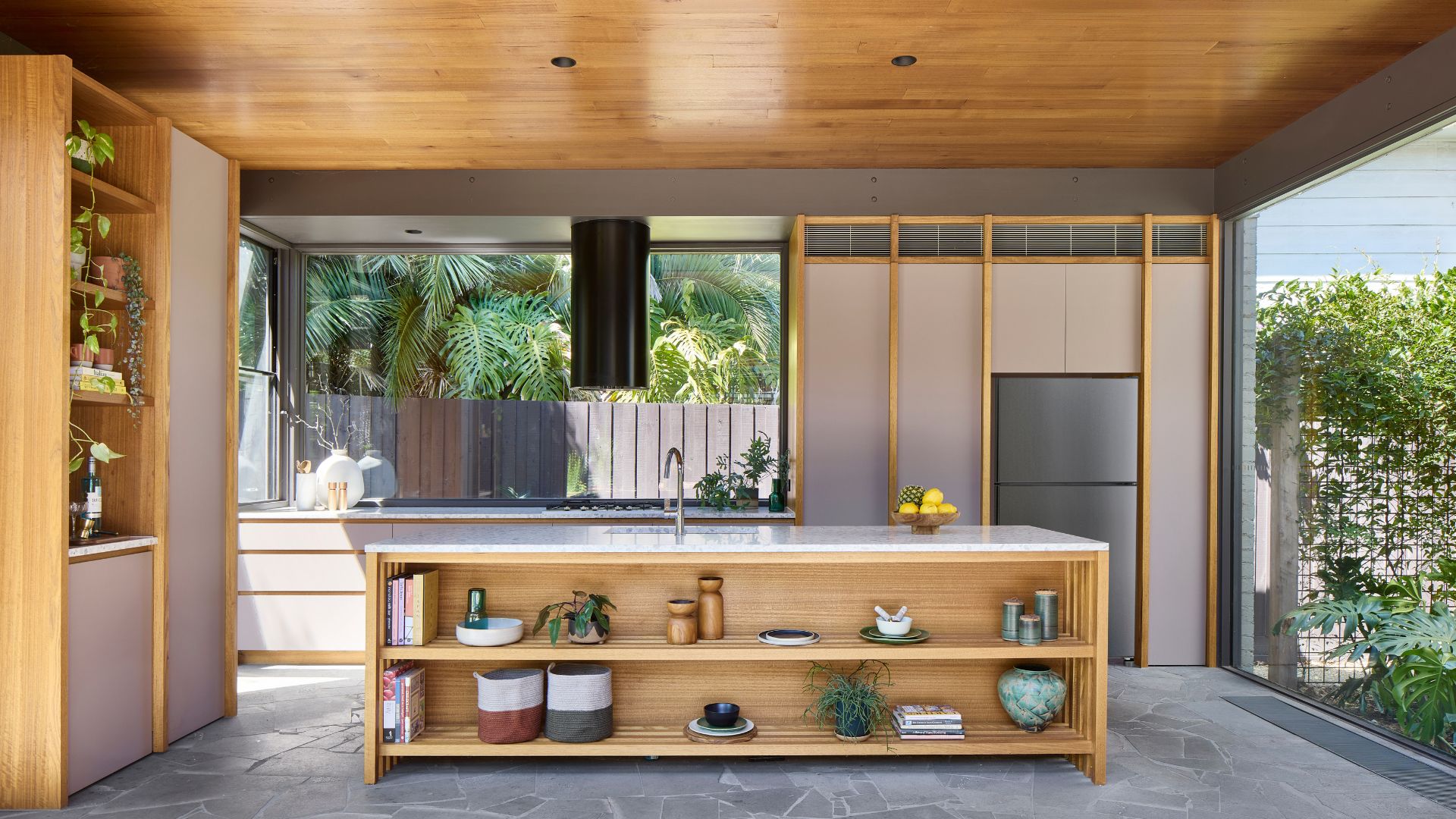 Biophilic Decluttering — What to Take Out of Your Home (and What to Put in) for a More Natural Home
Biophilic Decluttering — What to Take Out of Your Home (and What to Put in) for a More Natural HomeTry your hand at biophilic decluttering to ground your interiors, connect to the environment, and cure chronic clutter in one go. Here's how.
By Amiya Baratan
-
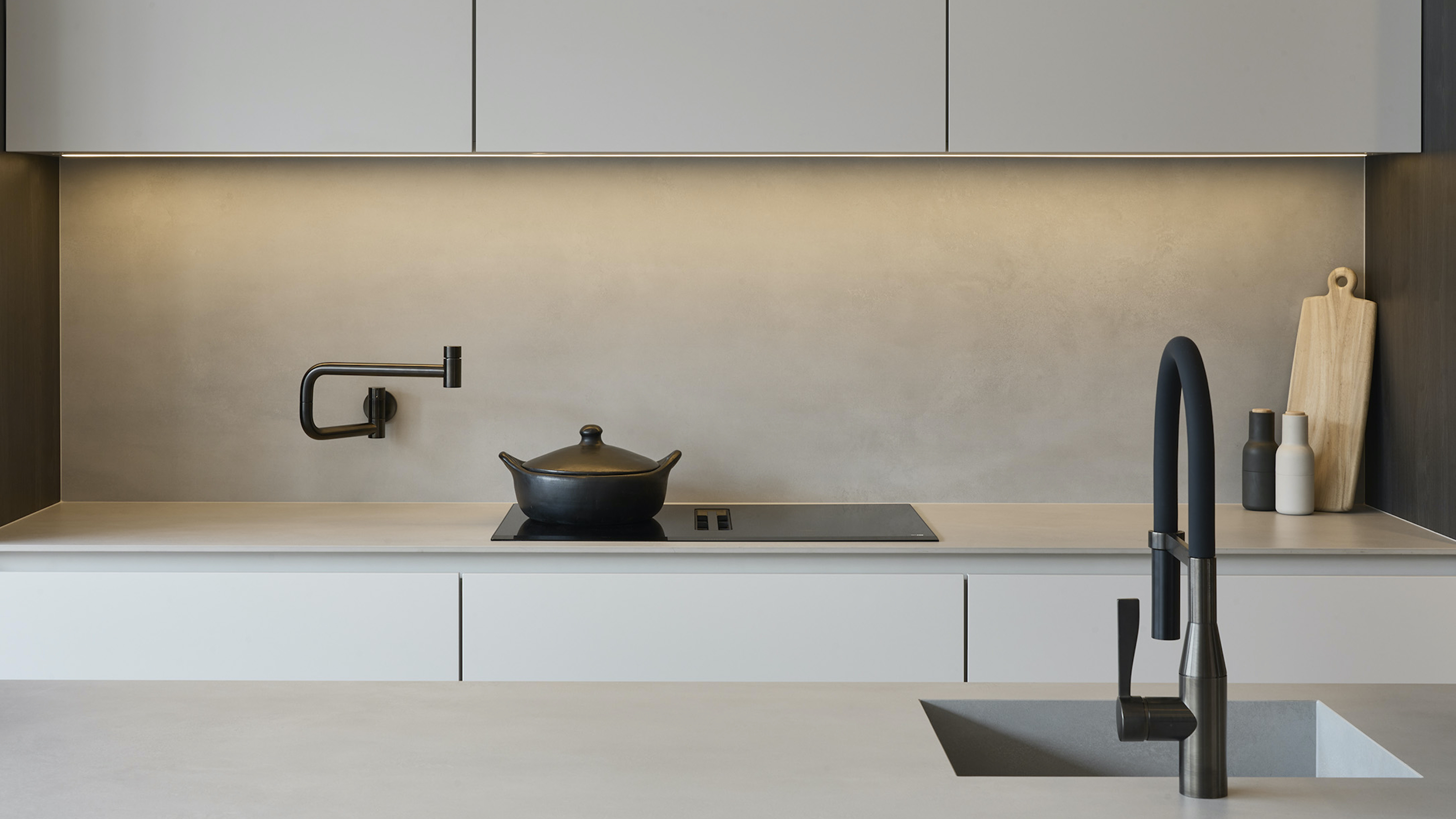 The 10 Different Types of Kitchen Taps — And the Pros and Cons of Each One to Know Before You Pick
The 10 Different Types of Kitchen Taps — And the Pros and Cons of Each One to Know Before You PickFrom sleek pull-outs to vintage bridge taps, explore 10 kitchen tap styles that mix function, flair, and a splash of cool
By Linda Clayton
-
 How Much Does an Extension Cost in 2025? Renovation and Design Experts Break Down Your Budget
How Much Does an Extension Cost in 2025? Renovation and Design Experts Break Down Your BudgetExplore how much different types of extensions cost in 2025 to budget for your project accurately
By Amy Reeves
-
 9 Bathroom Storage Mistakes You're Probably Making That Make Using This Space Much Harder — And What to Do Instead
9 Bathroom Storage Mistakes You're Probably Making That Make Using This Space Much Harder — And What to Do InsteadDiscover which mistakes are to blame for your overcrowded and cluttered bathroom
By Seraphina Kyprios

